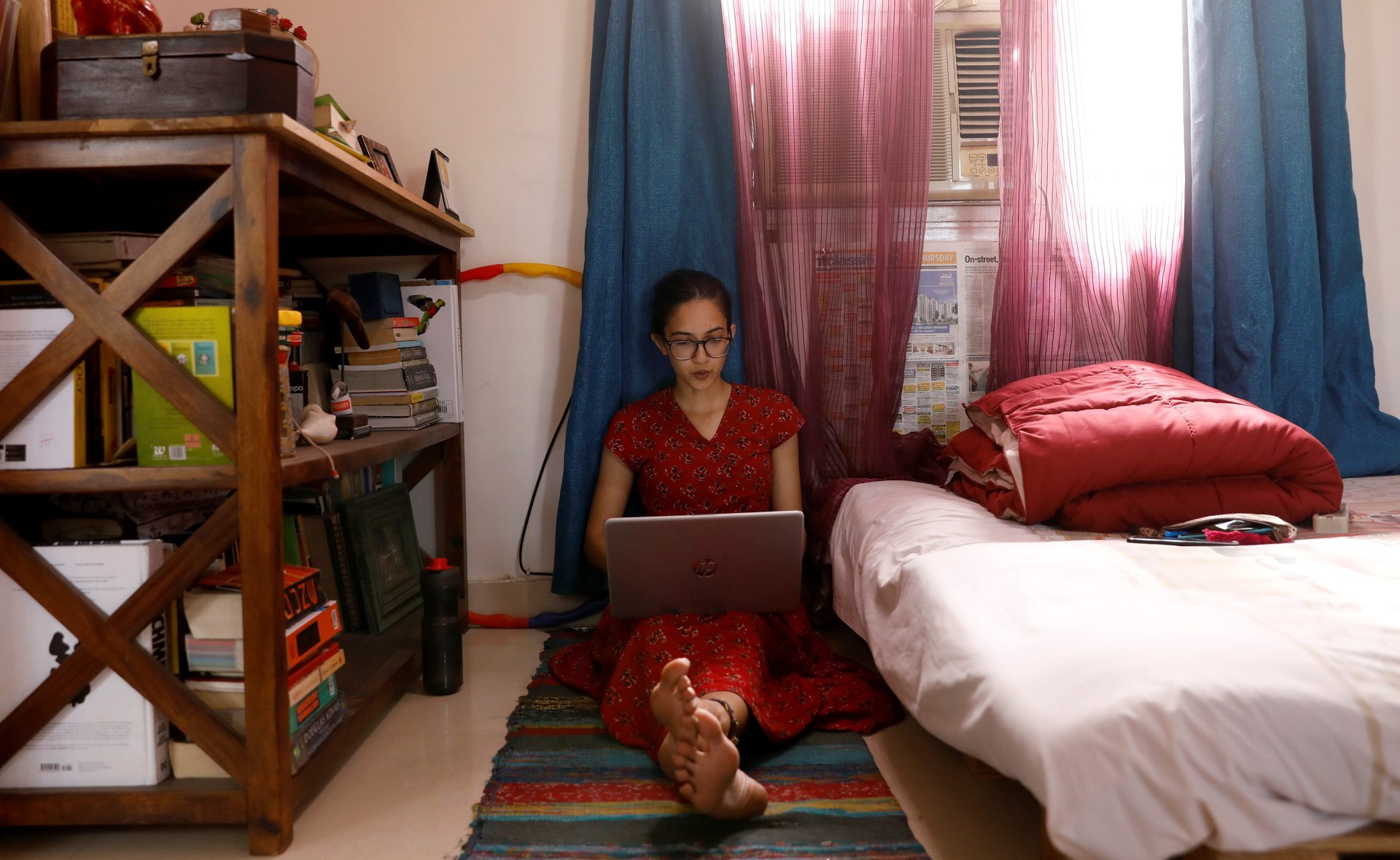Employers must help staff navigate the forced work from home situation amid Covid-19
Having the option to work from home was seen as a luxury in India not so long ago. Today, it has been forced upon millions of professionals across the country, many of whom might be feeling trapped in the current situation.


Having the option to work from home was seen as a luxury in India not so long ago. Today, it has been forced upon millions of professionals across the country, many of whom might be feeling trapped in the current situation.
Even as job satisfaction takes a backseat to health and safety, there are things companies can do to ensure their employees don’t feel demotivated or lost. Here are some tips on how this can be achieved:
Carry out a risk assessment
Risk assessment is a methodical way of taking all the work practices into consideration and identifying the scope of errors. Once this is done, measures can be taken to create a controlled environment so as to reduce the number of errors and also to mitigate the effects if certain errors still occur.
In some cases, it is not only ethical but also required by the law to carry out a risk assessment. This process could include:
Identifying the hazards: The first thing you need to do is to analyse all past instances of mishaps. This information will give you some idea of what to expect in the future. Another effective way of identifying hazards can be speaking with employees directly. After all, they have the best understanding of their situations. There might be issues that are critical to them but seem trivial to you.
It is also a good idea to read the instruction manuals of the various machinery or items that your employees will be using while working from home. This will provide valuable information about potential risks, and help you prepare for the worse.
Evaluating and deciding precautionary measures: When identifying and analysing hazards, employers should look at two things:
- What is the probability of an event occurring?
- What are the consequences if an event occurs?
This will help in prioritising and allocating resources to tackle the issue. Once you identify jobs that involve particularly higher risk, you can do the following as precautionary measures:
- Redesign the job to eliminate the risks associated with it.
- Substitute the design of the job with something less dangerous or hazardous.
- Role switching to minimise the time dealt with a hazardous situation.
- Where needed, employees must always be provided with personal protective equipment to safeguard themselves.
Share findings: Sharing key details with employees not only leaves room for more inputs but also makes an organisation a tad bit more transparent.
Training: Your employees must be trained to use all the companies’ machinery and equipment before it is handed out to them. Improper handling or usage might not only lead to hazardous situations but also reduce productivity. Also, equipping staff with knowledge of dealing with different kinds of mishaps can prove to be a defining step.
In addition, employees must be well connected virtually. This can go a long way in preserving a company’s culture during a remote working setup. Providing a way to easily and effectively communicate using technology, makes sure that the physical distances between employees are not felt to a great extent.
Mental Health
Given that this is a forced situation, there are high chances of employees getting frustrated soon. Add to the mix household chores, noisy kids, or demanding pets, and you have a recipe for disaster. It’s important to understand and address the fact that when working from home, there is a very thin line between personal space and workspace.
Unfortunately, organisations often tend to push work beyond working hours. They must understand that respecting employees’ time will go a long way in helping them keep their sanity during these tough months.
In addition, good communication is key. It is important to clearly articulate working goals and expectations.
It’s also good to provide information on mental health and offer psychological services.
Right now, it is difficult to comment on when things will get back to normal. So, it’s best for companies to ensure their greatest asset, the employees, are well taken care of.